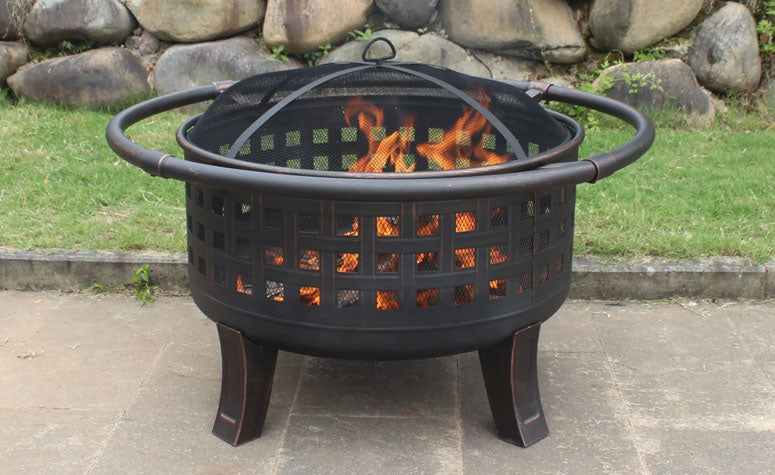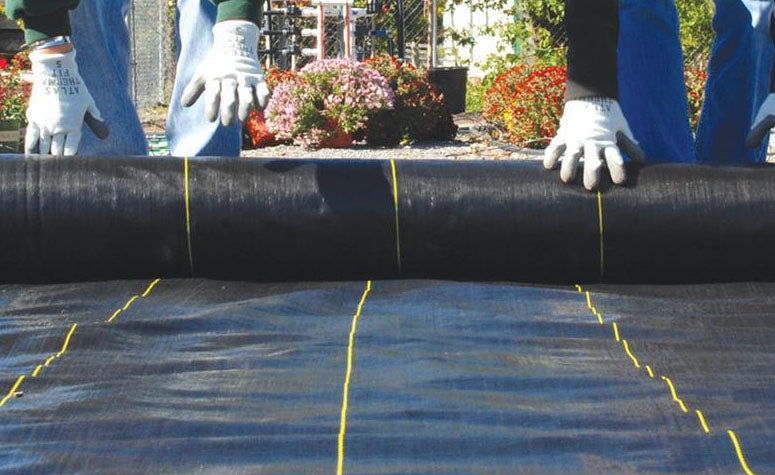Sanitation is an often overlooked but massively important part of any form of plant production. Sanitation ensures not only a fresh start before the growing season begins, but also helps to maintain an ideal growing environment for plants to thrive in.
What can be controlled or eliminated by adhering to a sanitation protocol?
- Limited/no algae growth in irrigation lines or on surfaces
- Diminished anaerobic bacterial growth inside irrigation systems
- Reduced areas for insect populations to begin
- A safer work environment for employees due to less slip hazards
- A more visually appealing work/shopping area
What are some of the more common sanitation methods and sites?
Spraying
The single most common method is a simple spray application using a hydraulic or backpack sprayer. This can be used to treat large areas such as benching, floors, side walls, and entry ways.
Fogging
This is done to treat large areas all at once. Utilizing this method, you can sanitize up to 75,000 ft in a single application.
Foamers
Foamers are often used to treat benching and side walls. Using materials that foam on their own or adding a foaming agent in conjunction with a foam applicator ensures extended contact of sanitizing materials. This is especially effective on areas that may have built up algae prior to application.
Irrigation Systems
Sanitizers can be used both to clean and maintain irrigation lines. By running a high concentration of sanitizer through the lines before or after a crop you can guarantee a clean start free of algae or bacteria. Once the lines have been cleaned, growers can run an ultra-low concentration of sanitizer through the lines constantly to maintain these lines.
Granular
Granular applications of bicarbonate-based materials can be used to knock down large growths of Algae, Moss, and Nostoc.
Evaporative Cooling Pads
Sanitizer can be run through evaporative cooling pads and other similar cooling systems at a high rate to clean a build up of algae, bacteria, and even mineral deposits.







